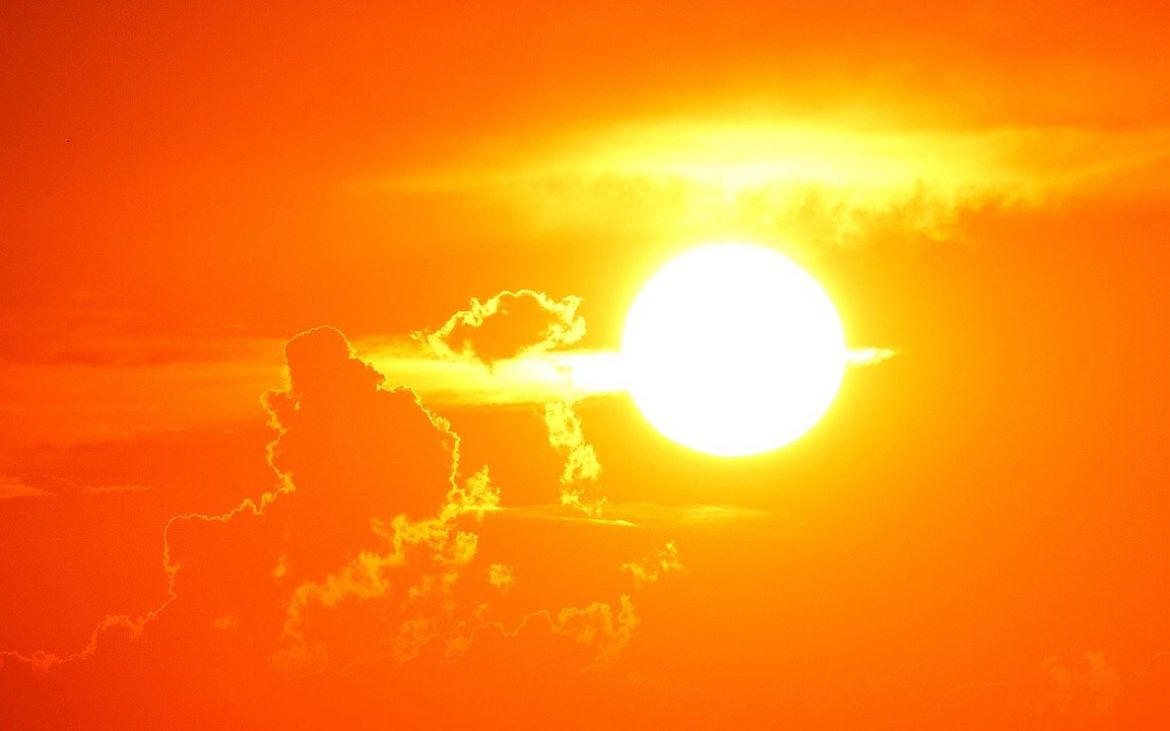During the hot days of summer when your family is having fun RVing in the great outdoors, they often do not want to curtail activities even in the most extreme heat of the day. However, staying in the sun can put you and your family at risk of heatstroke if you do not take steps to prevent it.
Heatstroke is a condition caused by your body overheating. If your body temperature rises to 104 F or higher, you may experience damage to your brain, heart, kidneys and muscles. Prevention and quick treatment are key to avoid heatstroke.
How to identify the signs of heatstroke
The main indication of heatstroke is a core body temperature above 104 degrees Fahrenheit, though fainting may be an earlier sign. Other signs of heatstroke may include:
- Throbbing headache
- Dizziness, light-headedness
- Lack of sweating despite the heat
- Red, hot, and dry skin
- Muscle weakness
- Cramps
- Nausea and vomiting
- Rapid heartbeat – either strong or weak
- Rapid, shallow breathing
- Behavioral changes like confusion, disorientation, or staggering
- Seizures
- Unconsciousness
How To Avoid Heat Stroke
To avoid heat stroke, The Mayo Clinic suggests taking these 7 steps during hot weather:
- Stay cool. Choose loose fitting, lightweight clothing that allows your body to cool down.
- Dress for the weather. If you’re in the sun, wear light-colored clothing that reflects the sun’s rays better than dark clothing, which absorbs heat.
- Hydrate. Don’t wait until you are thirsty to drink. Develop the habit of drinking water regularly throughout the day – and drink plenty of it. Staying hydrated helps your body to sweat and maintain a normal body temperature.
- Be cautious of risk. Some medications can affect your body’s ability to stay hydrated and dissipate heat. If you take medication regularly, be aware of your sun exposure.
- Don’t stay in the car. Never leave children or anyone else in a parked car for any period – no matter how short. This is a common cause of heat-related deaths in children. Inside a vehicle, the temperature can jump 20 degrees in just minutes.
- Relax during the hottest parts of the day. Avoid strenuous activity and rest frequently in a cool spot. Schedule exercise or physical labor for cooler parts of the day and take breaks to replenish fluids, helping your body regulate your temperature.
- Get acclimated. It can take several weeks for your body to adjust to a rapid change to hot weather. Take the time to acclimatize. Limit your working or exercising in the heat until you’re conditioned to it.
First aid if you suspect heatstroke
- Call 911 or take the person to a hospital if you think they have heat stroke. Any delay in receiving medical help could be fatal.
- While waiting for the paramedics, move the person to the coolest place you can find and remove unnecessary clothing.
- Fan air over the patient while cooling the skin with a damp sponge.
- Apply ice packs to the patient’s armpits, groin, neck, and back.
- Immerse the patient in a shower or tub of cool water.
- If emergency response is delayed, call the hospital emergency room for additional instructions.
